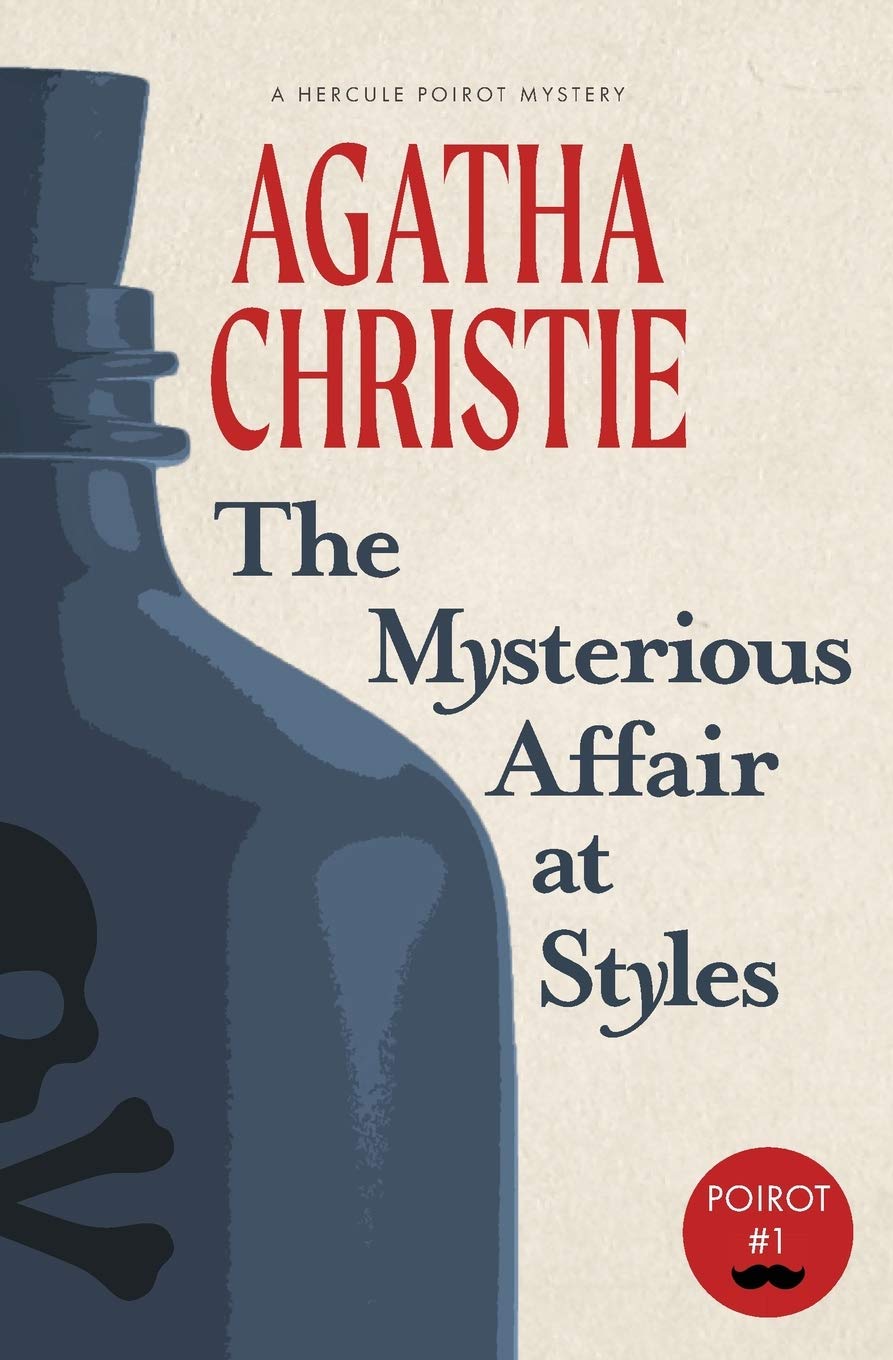CHAPTER XIII — POIROT EXPLAINS
byChapter XIII begins with Hercule Poirot gathering everyone to disclose the full truth behind the events that had unfolded at Styles Court. In this long-awaited reveal, the intricate sequence of deception, betrayal, and misdirection is finally untangled with precision. Poirot, true to his nature, had withheld many details not out of arrogance, but because premature disclosure might have jeopardized the entire investigation. His quiet analysis of personalities and timelines allowed him to stay ahead of those attempting to conceal their guilt. From the outset, he had suspected Alfred Inglethorp, yet he allowed the web to tighten around the guilty parties until it could be snapped without doubt. The patience and clarity with which Poirot observed even the smallest inconsistencies—such as the handling of a spilled letter or the sly acquisition of poison—elevated his insights above the conventional police work that might have failed.
When Poirot turns the conversation toward the deliberate framing of John Cavendish, the group is struck by the realization of how easily they had been misled by fabricated evidence. The strychnine, the altered documents, and the misused trust in those closest to the victim had all played into a masterfully staged crime. Miss Howard, whose demeanor seemed too outspoken to arouse suspicion, is exposed as a calculating accomplice rather than a helpful observer. Poirot had never dismissed emotion as irrelevant; rather, he studied the feelings behind each word and gesture. His awareness of how grief, loyalty, and resentment operate in secret drove his ability to distinguish genuine reactions from performance. In this light, his investigation is as psychological as it is procedural. The apparent coincidences, once stacked neatly beside each other, form a logical chain that only Poirot’s methodical mind could arrange into a conclusion.
Other characters’ subplots—such as Lawrence Cavendish’s subdued emotions and Mary’s veiled tension—are revisited through Poirot’s final lens. The misunderstandings that had clouded judgment begin to dissolve, as Poirot explains how each person’s fears and assumptions clouded their better sense. His revelations include not only the direct evidence pointing to the murderers but the subtle truths about the relationships poisoned by suspicion. The detective’s revelations, often delivered with understated compassion, offer those wrongly accused a chance to reclaim their dignity. With the mystery now fully illuminated, the strained bonds between family members begin to mend. Poirot’s conclusions are not simply about guilt and innocence; they are about restoring the balance within a household that had suffered more than just a criminal act.
Beyond solving the murder, Poirot also reaffirms the importance of personal integrity and quiet observation in times of crisis. While others were distracted by drama or scandal, he kept focus on details most would overlook. The dropped cup, the concealed letter, and even the timbre of someone’s voice—all became critical components in a case where truth had been buried under layers of manipulation. Poirot’s narrative teaches readers that answers often lie in persistence and calm insight, not haste. His work reinforces how justice can emerge not only through legal accountability but through human understanding. In this way, Poirot elevates detective work from mere fact-finding to something nearly moral in dimension.
As the chapter closes, there is an air of solemn satisfaction. Poirot does not gloat; instead, he reflects on how deception and love, grief and greed, often intertwine in ways that make crime feel inevitable. But with clear eyes and patient resolve, clarity is possible. The ending does not restore the victim, but it brings resolution to those left behind. “The Mysterious Affair at Styles” concludes not as a mere whodunit, but as a meditation on the cost of silence, the danger of assumption, and the quiet power of truth when spoken by someone willing to wait until it matters most.

